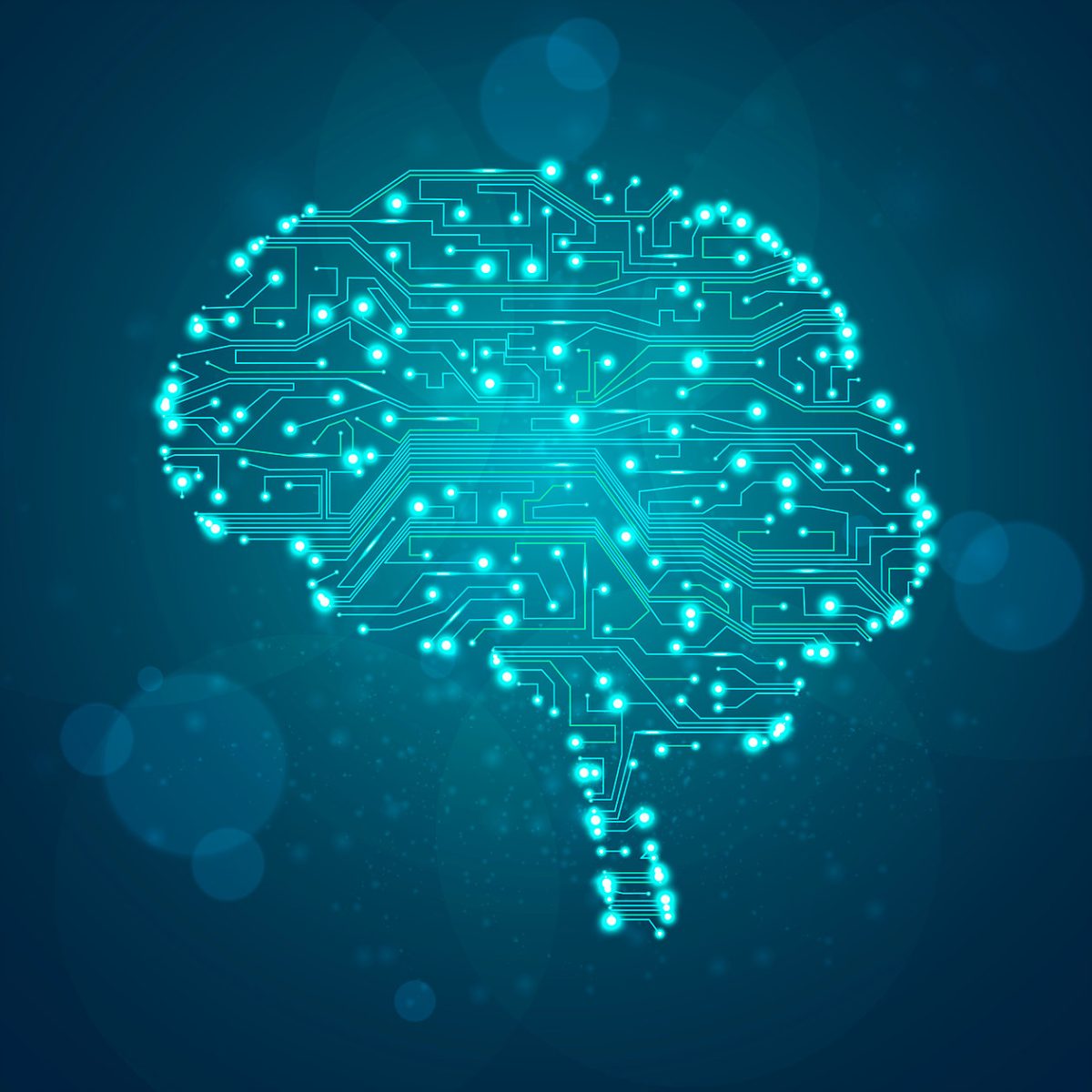Your Brain on Magnets?

Depression now affects over 350 million people worldwide and that’s what we consider an epidemic. Now we know the stigma surrounding mental illness is improving day by day, but are we moving fast enough? Generations before the Millennials often took a quieter approach to dealing with MH and Depression. They would secretly attend therapy, maybe pick up some anti-depressants from their Primary Care Physician, or self medicate. Our Generation has already chosen to take small strides and stand with those suffering. From the semicolon project to forums devoted to a sense of community within those struggling, I believe we, as a young upcoming generation, have quite a bit of power in the way the mental health care system functions. Let’s face it, at one point or another nearly all of us will fight off some sort of depression or anxiety disorder. We are doing great, but here is where I am lost, why aren’t we talking about Transcranial Magnetic Stimulation?
So, the field of psychiatry hasn’t seen much change over the past fifty years. If you have been sick most likely there have been numerous meds given to you that make things better for awhile. Eventually though, something takes place and the medication doesn’t seem to work the same anymore, so, you get more medication. It’s a vicious cycle. Once you get to a good place you could be on 4 or more medications! All of which, have pretty harsh side effects. If I know one thing, it’s that taking a bunch of medication my whole life doesn’t seem appealing. So what are your other options? Well how about ECT? Electro-convulsive Therapy. Side effects include: loss of memory and confusion. Not sure about that one? Me either… So here’s what we have left on the old list of treatment options, CBT (cognitive behavioral therapy) or self medication. CBT can be very effective, but only if someone is dealing with emotional distress rather than a chemical imbalance, because you know, the brain works in similar ways to the rest of our bodies, it really can get sick.
If you are stuck with your brain not producing the correct chemicals, aka neurotransmitters, what are you to do? Well, we get back to the real subject at hand of course, TMS! Transcranial Magnetic Stimulation may just become your new saving grace. Here’s the thing. We know there hasn’t been a lot of newness in the psych field. This is it though. Approved in 2008 by the FDA (finally) TMS has been a bit of a confusing thing for everyone. I mean, really, magnets? I didn’t get how something I pick up my paperclips with could be at all beneficial to my brain. It seems bizarre and a little fishy.
This is how it works. The brain is definitely the most complex part of the body right? So to treat it, we have to think on a complex level (or not.) You sit in what’s basically dentist chair while a machine pecks your head like a woodpecker. You watch TV (most often Netflix,) and you even get to be awake! Let’s face it, you’d be doing the same thing at your house anyway… There’s a ton of science stuff that goes with this though. It’s pretty incredible because to the naked eye it really looks like nothing is going on. All you hear in the room is that weird woodpecker noise and the laugh of Dwight Shrewd as you watch The Office. That’s the whole plan, six weeks, forty two days, or 1680 minutes, however you prefer to count.
What happens underneath the surface is what really fascinates me. To get the process started a doctor trained in this treatment will first map the brain. How could you do that without looking at it right? Well we have this thing in our head’s called the motor threshold. It’s basically this strip of brain that controls all of our movements. You can measure your location with it simply by testing the spot the machine is on the MT with the magnetic stimulation. You see, when you are in specific parts of the motor threshold a different part of your body will react. The doctor and machine want only your thumb to twitch, if your tongue hangs out or you jerk your legs then it is no where near where it should be. This sweet spot for the treatment of Major Depressive Disorder is 5 cm forward from the measured spot on the motor threshold. After this spot is found its smooth sailing. Each treatment is roughly the same amount of pulses and the same amount of time. As sessions fly by most often the loved ones around you find that you aren’t behaving as you were before and changes are being made for the better. After awhile you’ll see it too. Each time the electro-magnetic pulses get released, the brain is being trained in a way that helps it remember to start creating those chemicals (neurotransmitters) again. After treatment the brain continues to remember and the medications can most often be decreased. Patients reach remission and are able to live their lives again.
So why don’t I hear about TMS? Millennials, and others alike, should begin to focus on alternatives to prescriptions or just recognize that help is out there. We are finally in the era of technology and I couldn’t be more excited to see where this takes us in the future. Treatment of Depression is just the start for TMS. In the years to come I can’t wait to see what comes of this machine and the human brain. * Orginally posted on buzzfeed.com by Awakenings employee Catie McQueeny*


